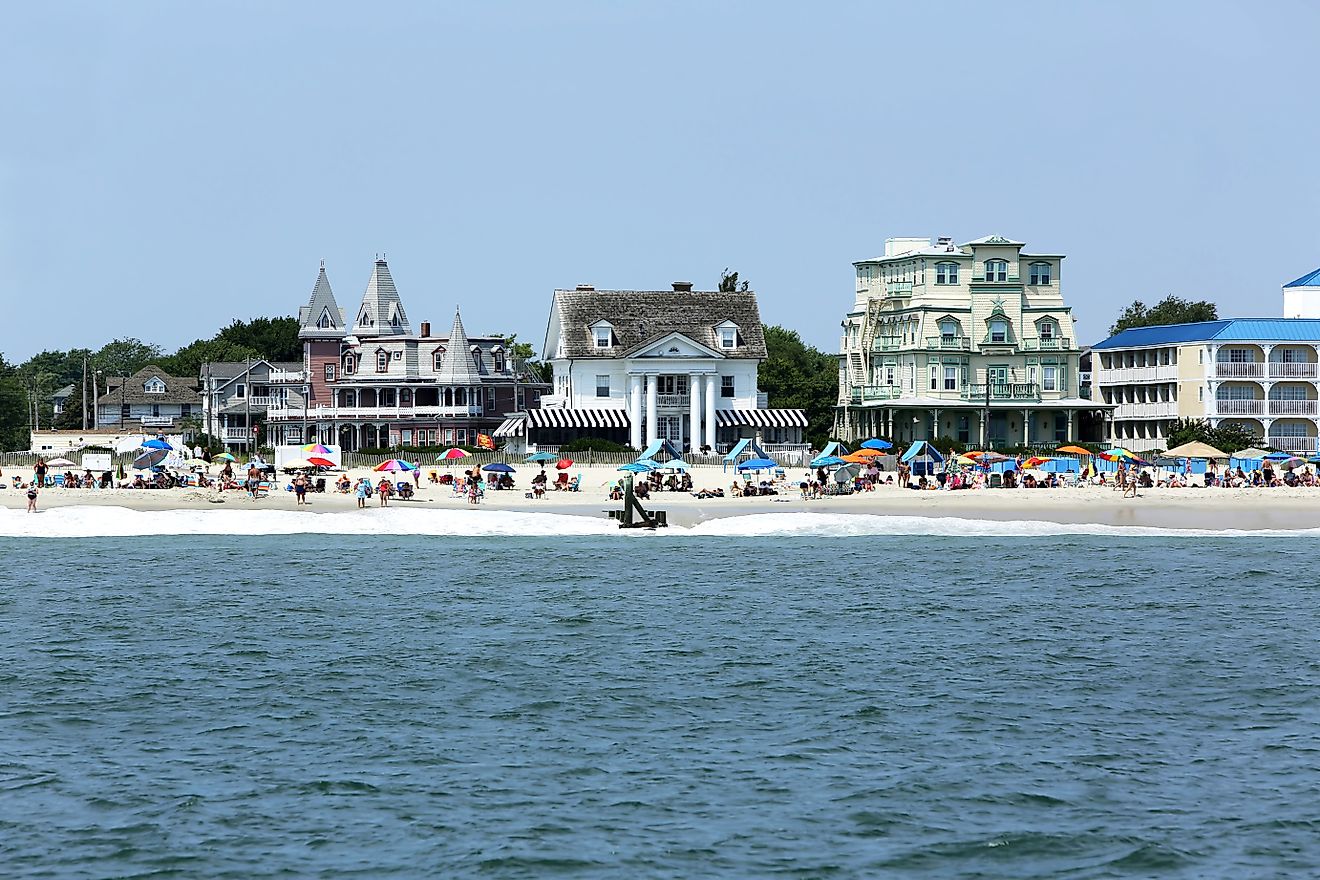
Who Was The First President Of The USA?
It's a question that seems simple—Who was the first President of the USA?—in any conversation about American history. The name that echoes through classrooms, tourist centers, and across monuments from Mount Vernon to Washington, D.C., is none other than George Washington. He is universally credited as the first President of the United States, and rightly so. Elected unanimously in 1789, and again in 1792, Washington set countless precedents for the office and shaped the executive branch into what it is today.
But behind that straightforward answer lies a story of revolution, fragile beginnings, political invention, and a leader who was as reluctant as he was essential. The history of the US presidency didn’t start with fanfare and certainty—it began in a young republic, fresh out of rebellion, groping its way toward stability.
Explore how George Washington became the first president, what made his presidency unique, and why, even more than two centuries later, his legacy continues to define the American executive office. Also worth exploring are the lesser-known claims about who might be considered the "first president," along with a complete list of all US presidents in chronological order.
Founding a Nation: Before There Was a President
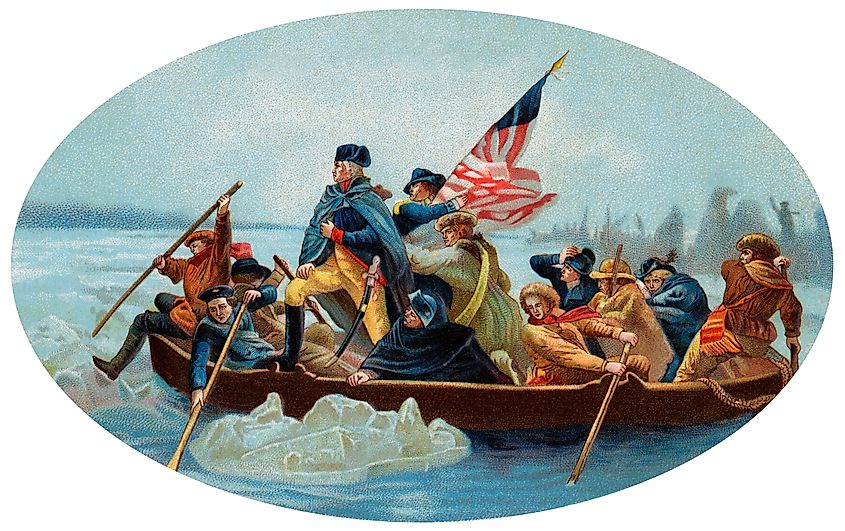
To understand Washington’s ascension to the presidency, it’s important to rewind the clock to the post-Revolutionary War period. After declaring independence in 1776, the United States operated under the Articles of Confederation, ratified in 1781. This document provided a loose framework for governance, but intentionally avoided creating a strong central authority—America had, after all, just fought a war to escape one.
Under the Articles, the country was governed by the Continental Congress, which had a rotating president. This role was more of a moderator than a head of state; the position had no executive powers. The men who held this title—like John Hanson, often (incorrectly) cited by conspiracy theorists as the "real first president"—were not presidents in any modern sense. Hanson, who served as the President of the Congress under the Articles in 1781–82, presided over meetings and signed official documents, but had no executive branch to lead or powers to enforce.
It wasn’t until the Constitutional Convention of 1787 that the framework for a new, stronger federal government—and a true executive—was designed. The Constitution created the presidency as a single-person executive office, elected by the people (via the Electoral College), separate from Congress, and vested with real authority.
George Washington: Reluctant Leader, First President
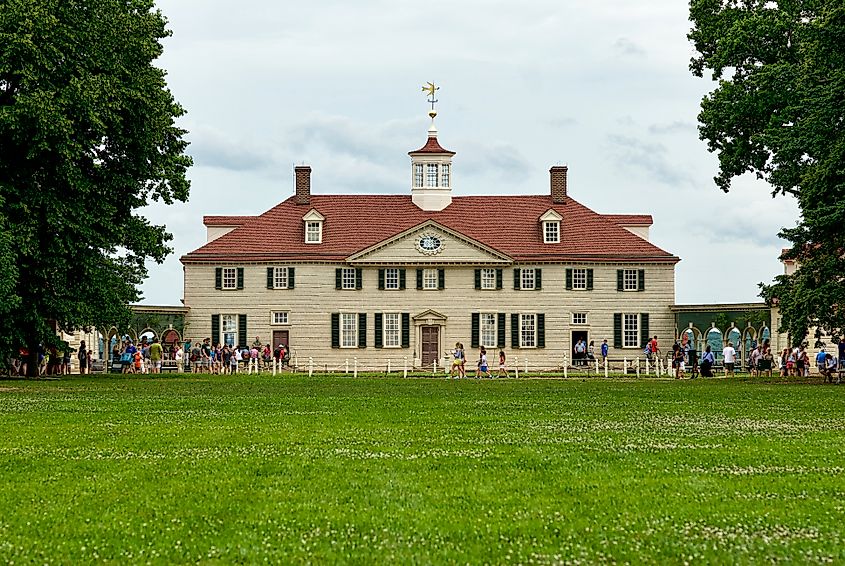
With the ratification of the US Constitution in 1788, the country prepared for its first national election. By then, George Washington had already become a national icon. His leadership as commander of the Continental Army during the Revolutionary War had made him the face of American victory. He had retired to his estate at Mount Vernon, intending to live a private life, but the call to serve came again—this time, as the first President under the new Constitution.
There was no serious competition. Washington was elected unanimously by the Electoral College—an achievement that remains unmatched. On April 30, 1789, he took the oath of office on the balcony of Federal Hall in New York City, the nation’s temporary capital.
Why Washington?
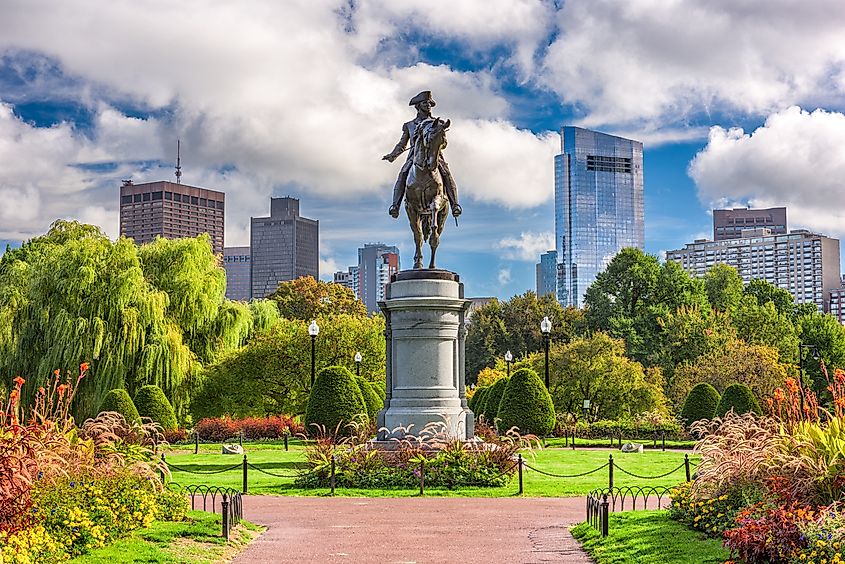
Washington wasn’t chosen for his political ambitions—he had none. In fact, one of his most famous virtues was his lack of desire for power. But his leadership, moral authority, and popularity made him the only viable candidate in a deeply divided and fledgling nation. He was, as historian James Flexner once called him, “the indispensable man.”
During his two terms, Washington laid the foundation for the presidency and set norms that are still followed. He formed the first Cabinet, established the tradition of peaceful transfer of power, and decided against seeking a third term, setting an informal two-term limit that wasn’t codified until the 22nd Amendment in 1951.
Washington’s Presidency: Shaping the Executive Office
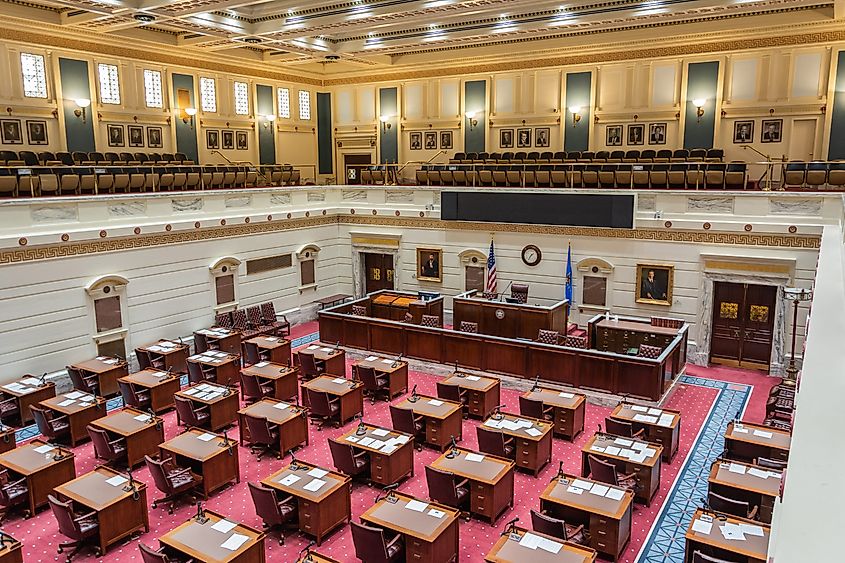
Washington’s time in office (1789–1797) was filled with unprecedented decisions and cautious experimentation. Here are some of the most defining aspects of his presidency:
Creating the Cabinet
Washington surrounded himself with trusted advisors who would go on to shape the nation’s political future. His Cabinet included:
-
Thomas Jefferson as Secretary of State
-
Alexander Hamilton as Secretary of the Treasury
-
Henry Knox as Secretary of War
-
Edmund Randolph as Attorney General
The dynamic—and at times, contentious—interactions between Jefferson and Hamilton in particular would sow the seeds for America's first political parties.
Establishing Federal Authority
Washington’s presidency tested the limits of federal power. One of the first major challenges came during the Whiskey Rebellion of 1794, when farmers in western Pennsylvania protested a federal excise tax. Washington responded by leading federal troops—an unprecedented move that showed the government’s willingness and ability to enforce its laws.
Foreign Neutrality
In a world dominated by European wars, Washington famously chose neutrality, particularly in the face of conflict between Britain and revolutionary France. His Proclamation of Neutrality (1793) kept the US out of entangling foreign alliances and established a foundational principle in early US foreign policy.
Farewell Address
Perhaps one of his most enduring legacies is his Farewell Address, in which he warned against political parties and foreign entanglements—warnings that echo through American history even today.
Could Someone Else Be Called the First President?
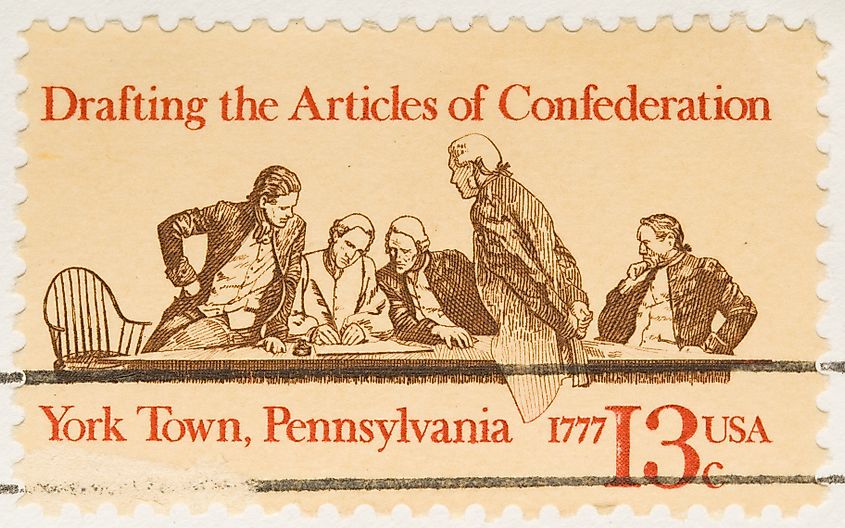
While George Washington is the first President under the current US Constitution, historical debates sometimes bring up other figures who held presidential-like roles before 1789.
As mentioned earlier, John Hanson is one name that crops up frequently. Hanson was the first person to serve a one-year term as “President of the United States in Congress Assembled” under the Articles of Confederation. However, this title was purely ceremonial and bore no resemblance to the executive presidency we know today.
Similarly, men like Peyton Randolph, who presided over the First Continental Congress in 1774, and Henry Laurens, who led the Congress during critical moments of the Revolutionary War, have occasionally been dubbed “first presidents” in symbolic terms.
But no historical or constitutional analysis supports elevating them to the same status as George Washington. The presidency, as we understand it—an independent executive with national authority—began in 1789, and Washington was its first holder.
Why It Matters

Understanding the origins of the US presidency helps illuminate the delicate balance of power at the heart of American democracy. George Washington wasn’t just a war hero turned president—he was a unifying figure who could have become a monarch if he wished, but chose restraint and republican ideals.
His decision to step down after two terms—voluntarily—may be one of the most powerful acts in American political history. It signaled that leadership in the United States was not a lifetime appointment but a temporary service to the people.
In many ways, the office Washington helped define continues to evolve. But every president who steps into the White House does so in the long shadow of that first president—the general who chose to serve a republic, and then walk away.
List of All US Presidents (In Order with Years Served)
-
George Washington (1789–1797)
-
John Adams (1797–1801)
-
Thomas Jefferson (1801–1809)
-
James Madison (1809–1817)
-
James Monroe (1817–1825)
-
John Quincy Adams (1825–1829)
-
Andrew Jackson (1829–1837)
-
Martin Van Buren (1837–1841)
-
William Henry Harrison (1841)
-
John Tyler (1841–1845)
-
James K. Polk (1845–1849)
-
Zachary Taylor (1849–1850)
-
Millard Fillmore (1850–1853)
-
Franklin Pierce (1853–1857)
-
James Buchanan (1857–1861)
-
Abraham Lincoln (1861–1865)
-
Andrew Johnson (1865–1869)
-
Ulysses S. Grant (1869–1877)
-
Rutherford B. Hayes (1877–1881)
-
James A. Garfield (1881)
-
Chester A. Arthur (1881–1885)
-
Grover Cleveland (1885–1889)
-
Benjamin Harrison (1889–1893)
-
Grover Cleveland (1893–1897) [only president to serve non-consecutive terms]
-
William McKinley (1897–1901)
-
Theodore Roosevelt (1901–1909)
-
William Howard Taft (1909–1913)
-
Woodrow Wilson (1913–1921)
-
Warren G. Harding (1921–1923)
-
Calvin Coolidge (1923–1929)
-
Herbert Hoover (1929–1933)
-
Franklin D. Roosevelt (1933–1945)
-
Harry S. Truman (1945–1953)
-
Dwight D. Eisenhower (1953–1961)
-
John F. Kennedy (1961–1963)
-
Lyndon B. Johnson (1963–1969)
-
Richard Nixon (1969–1974)
-
Gerald Ford (1974–1977)
-
Jimmy Carter (1977–1981)
-
Ronald Reagan (1981–1989)
-
George H. W. Bush (1989–1993)
-
Bill Clinton (1993–2001)
-
George W. Bush (2001–2009)
-
Barack Obama (2009–2017)
-
Donald J. Trump (2017–2021)
-
Joe Biden (2021–2025)
-
Donald J. Trump (2025–Present)
